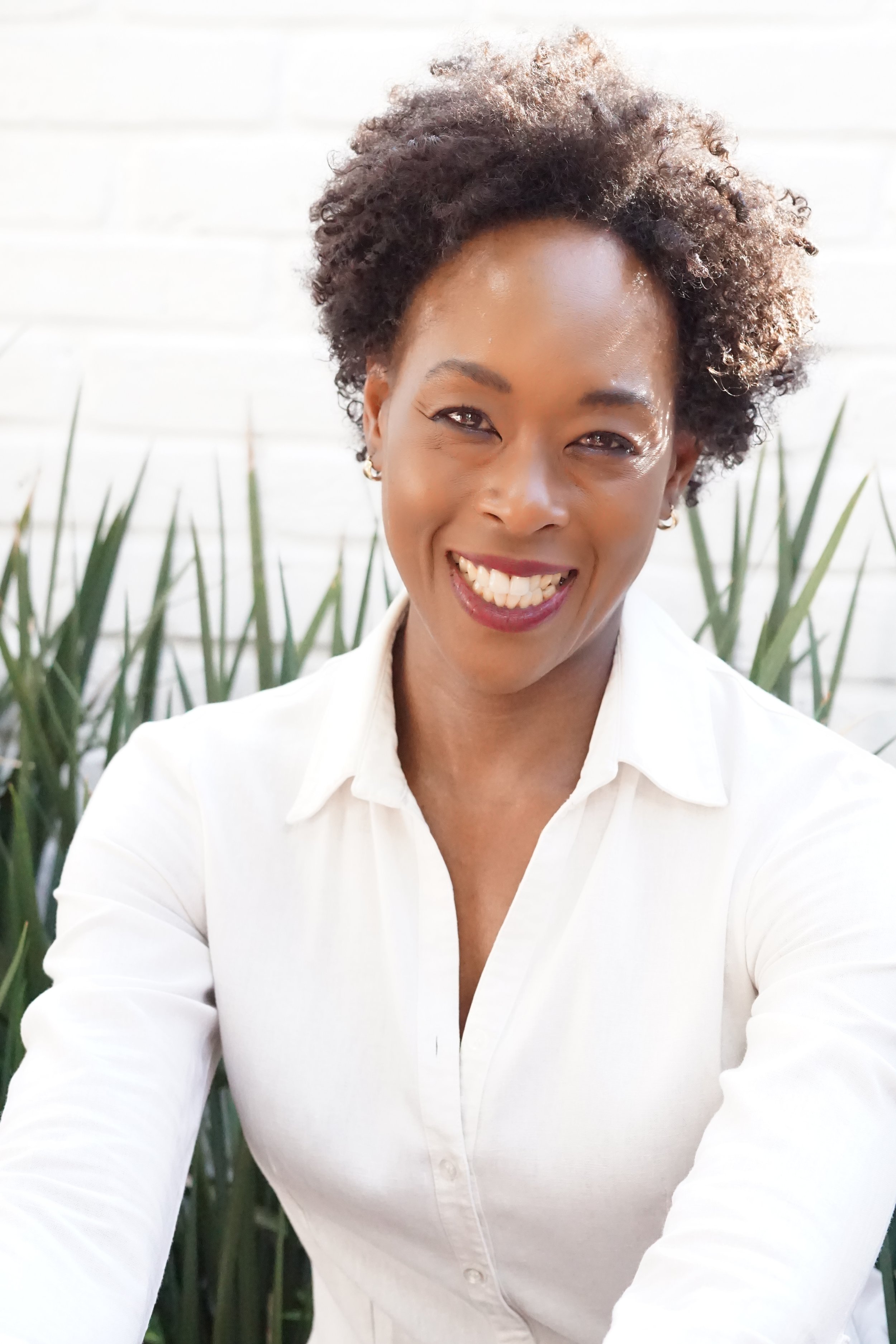One Book, One Northwestern | Hidden Figures with Author Margot Lee Shetterly
(Originally published on Chicago Stage Standard)
Margot Lee Shetterly, author of the No. 1 New York Times bestseller “Hidden Figures: The American Dream and the Untold Story of the Black Women Mathematicians Who Helped Win the Space Race,” visited the Northwestern University Chicago and Evanston campuses on Oct. 17 to discuss the power of human innovation when prejudices are set aside. As a part of the 2019-20 One Book One Northwestern program, Shetterly sat down with Dr. Theresa Woodruff on Chicago’s campus to discuss her book and innovations necessity of diverse voices.
Shetterly’s novel brings to light achievements of previously unsung heroes Katherine Johnson, Dorothy Vaughan and Mary Jackson, who overcame sexism and racism in 1960s America to make history and pave the way for generations of scientists. Shetterly discusses the first individual she sat down with was Katherine Johnson, who then referred her to Dorothy Vaughan. Thus, her web of research began to widen with telling these women’s stories and their larger mission. Shetterly describes the layers to her book were also formed by the analytical approach she took to writing it. The need to “do justice to their story” and tell it as accurately as possible, while making it compelling to read was important to the author.
Shetterly is also founder of the Human Computer Project, a digital archive telling the stories of NASA’s “Human Computers,” women from all backgrounds whose worked tipped the balance in favor of the United States in WWII, the Cold War and the Space Race. She hopes her work will help break the stigma against women not being good at math and science and encourage the female narrative to continue stronger than before. A student asked if any of the artifacts Shetterly referred to in her book were available to view and surprisingly enough NASA’s tech reports, artifacts, photographs and oral history are all accessible to the public.
Shetterly’s father was among the early generation of black NASA engineers and scientists, and she had direct access to NASA executives and the women featured in the book. Shetterly describes her upbringing as being apart of a very concentrated community. Individuals that spent their entire careers in NASA, the military and other branches of government. The spark for this project can be summed up into one question: Why haven’t I heard this story before? As a woman of color surrounded by other women of color doing extraordinary work is powerful. Shetterly latched onto this motivation and said it perfectly as to her decision to write a book. “The transformative power of story can open minds, can open hearts and can open eyes in a way that facts alone cannot.” This critical need for change was a driving force behind Shetterly’s work; to connect audiences empathetically to these women. She stresses to all those in the audience that there is something intimately profound about even being in that room at that moment. “We are making history right now” and maybe one day someone will want to know why we were all in this room together. This down to earth reality that normal people are accessible, inspirational and something to aspire to and their story deserves to be told.
“Education topped her list of ideals; it was the surest hedge against a world that would require more of her children than white children, and attempt to give them less in return” (Hidden Figures). Dr. Woodruff posed the question to the author if education was still the surest hedge in our 2019 world. Shetterly’s response was provoking and quite apt in her statement of back then in the 1960’s there were greater and clearer challenges, today education is a minimum hedge, but it is much more complex. I would have to agree to an degree with this statement. Although education is more accessible, it also is unaffordable and holds so much at stake that is determinant in one’s future. Any degree is now competitive with a million steps and side steps to a million different routes and career paths. Success is almost ambiguous concept in this day and age.
As far as the film and transitioning a book onto screen, Shetterly describes the profoundness of a first time author being approached prior to publication for movie rights. The producer found out about the story and the adaptation began its process prior to the book’s completion. While the film takes some liberties with the plot, Shetterly praised the film for its innate dedication to its truth. The glamorous version stayed true to the women and true to their experience.
Finishing the event was a question directed towards how women in sciences can stay empowered in a male dominated work environment. The importance for women is to have a shared identity and cohort. Women in leadership roles are prominent, but there is still much work to be done. Shetterly mentioned the Girl Scouts and Girls Who Code as organization making great strides in this effort, but we are just a quarter turn away from something much bigger in the female narrative. It is an exciting time to be apart of the movement and it starts with uncovering of the strong powerful women that came before.
Northwestern University marks the 150th anniversary of coeducation in 2019-20. To mark this historic anniversary, Northwestern will host events and programming across the University and around the world celebrating the women/womxn who have led the struggle to open doors to create greater access and opportunity for all who follow. Programming information and stories of individuals who are catalysts for change at Northwestern are available on the 150 Years of Women website.



